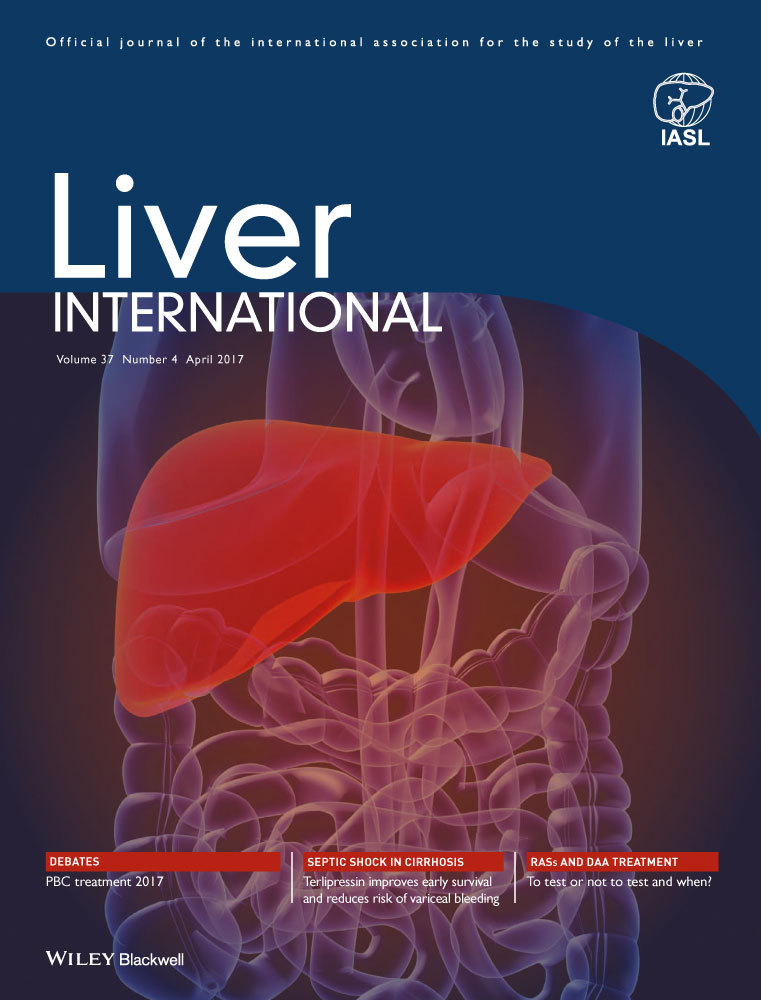The soluble mannose receptor is released from the liver in cirrhotic patients, but is not associated with bacterial translocation
Funding information
This study was supported by grants from L.F. Foght's Foundation, Hvidovre Hospitals' Research Foundation, Hvidovre Hospitals Foundation for Liver Diseases, The Capital Region of Denmark, Foundation for Health Research, the Novo Nordisk Foundation, “Savværksejer Jeppe Juhls og hustru Ovita Juhls Mindelegat” and the Danish Council for Strategic Research. The supporting sources were not involved in any aspects of the study design or the manuscript preparation.
Abstract
Background & Aims
Intestinal bacterial translocation is involved in activation of liver macrophages in cirrhotic patients. Macrophages play a key role in liver inflammation and are involved in the pathogenesis of cirrhosis and complications. Bacterial translocation may be determined by presence of bacterial DNA and macrophage activation, by the soluble mannose receptor. We hypothesize that the soluble mannose receptor is released from hepatic macrophages in cirrhosis and associated with bacterial DNA, portal pressure and complications.
Methods
We investigated 28 cirrhotic patients set for transjugular intrahepatic portosystemic shunt insertion as a result of refractory ascites (n=17), acute (n=3), or recurrent variceal bleeding (n=8). We analysed plasma from the portal and hepatic veins for bacterial DNA and soluble mannose receptor with qPCR and ELISA.
Results
The median soluble mannose receptor level was elevated in the hepatic vein compared with the portal vein (0.57(interquartile range 0.31) vs 0.55(0.40) mg/L, P=.005). The soluble mannose receptor levels were similar in bacterial DNA-positive and -negative patients. The soluble mannose receptor level in the portal and hepatic veins correlated with the portal pressure prior to transjugular intrahepatic portosystemic shunt insertion (r=.52, P<.008, both) and the levels correlated with Child-Pugh score (r=.63 and r=.56, P<.004, both). We observed higher soluble mannose receptor levels in patients with acute variceal bleeding compared to other indications (P<.05).
Conclusion
This study showed hepatic soluble mannose receptor excretion with a higher level in the hepatic than the portal vein, though with no associations to bacterial DNA. We observed associations between soluble mannose receptor levels and portal pressure and higher levels in patients with acute variceal bleeding indicating the soluble mannose receptor as a marker of complications of cirrhosis, but not bacterial translocation.




